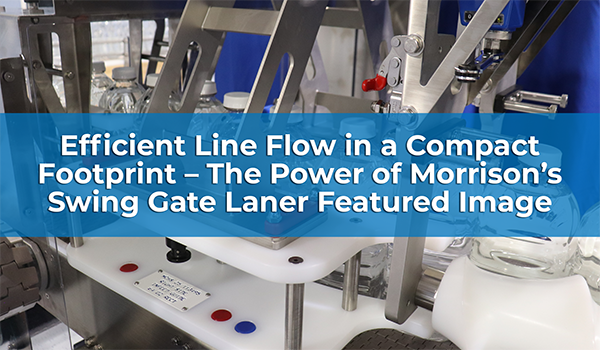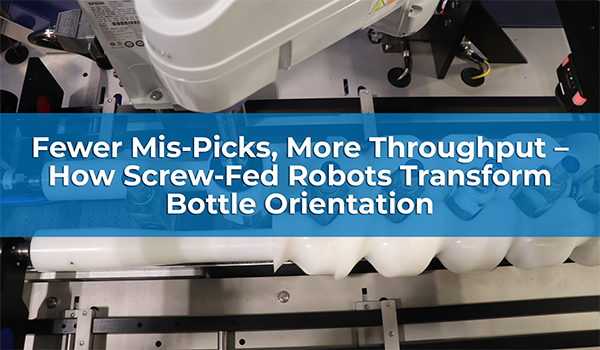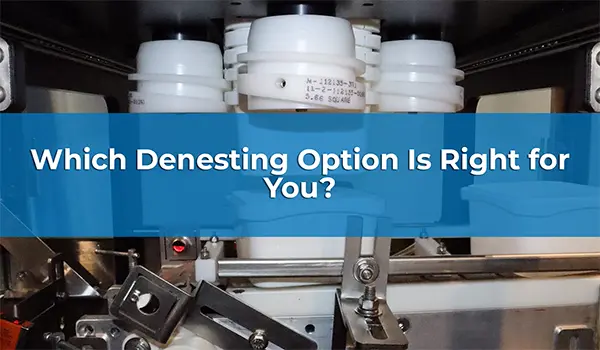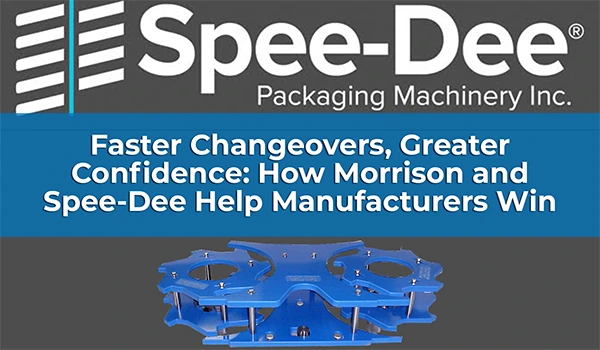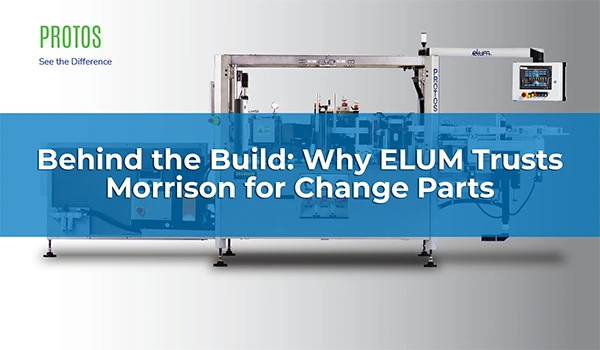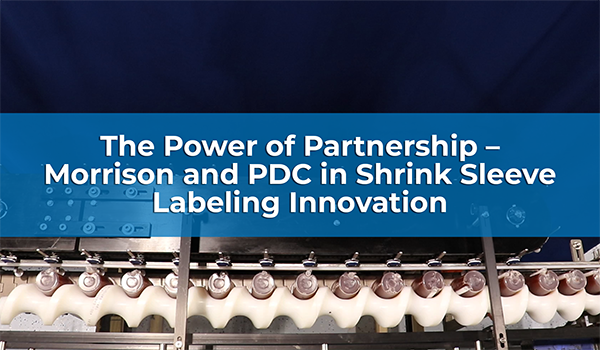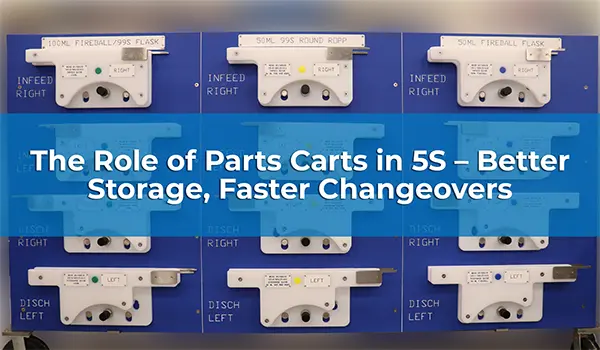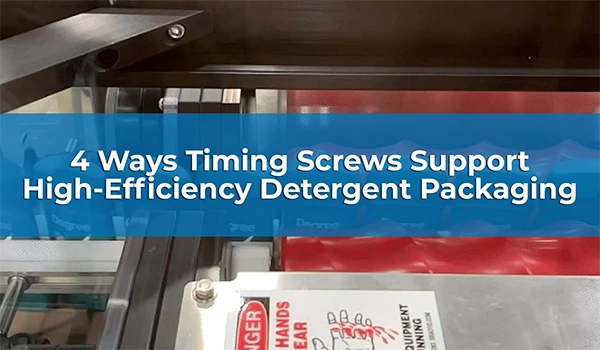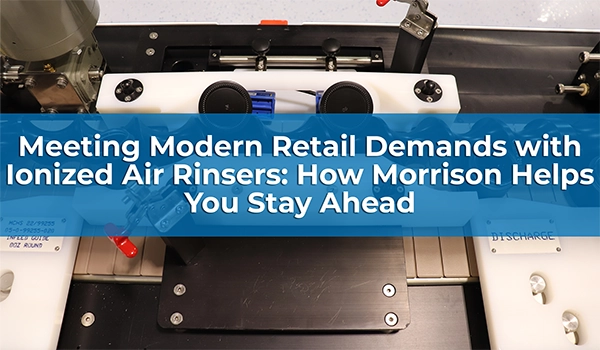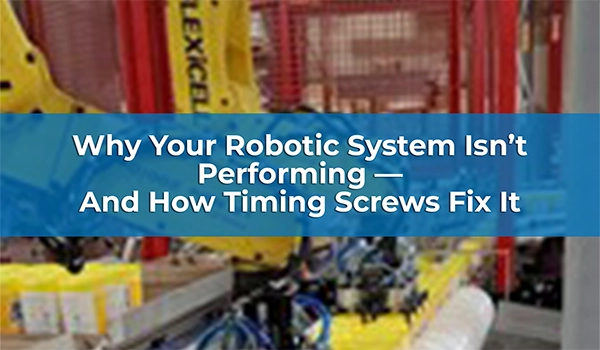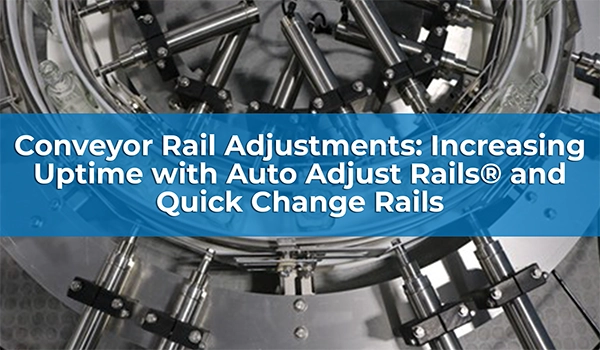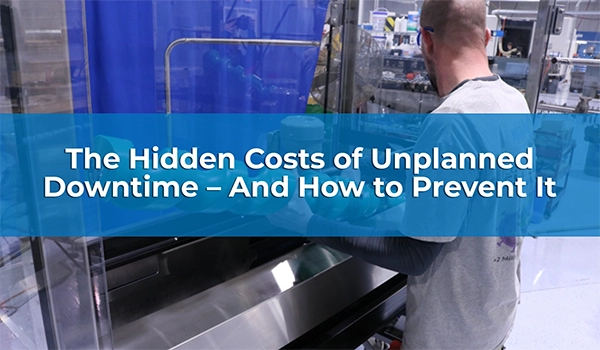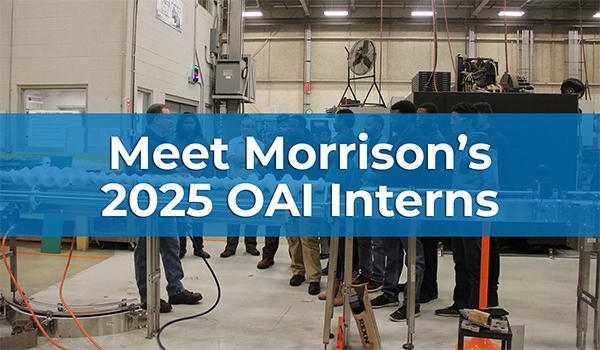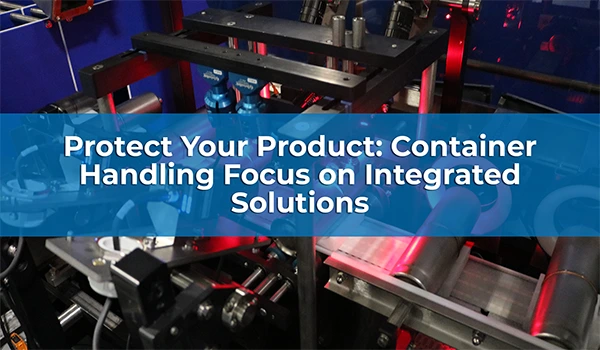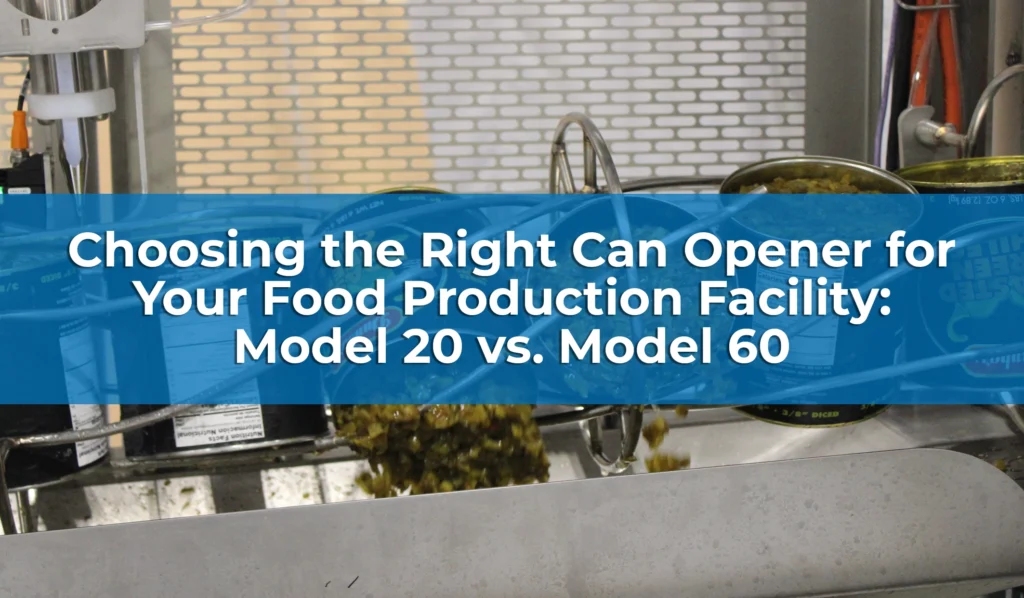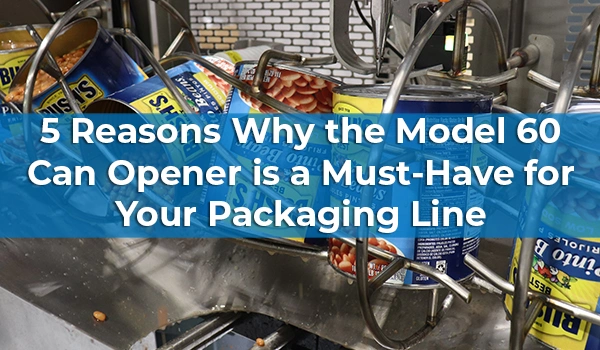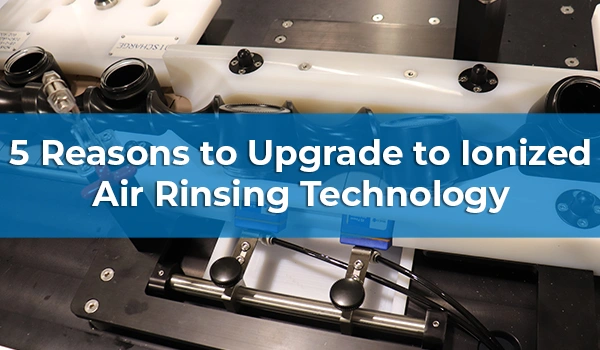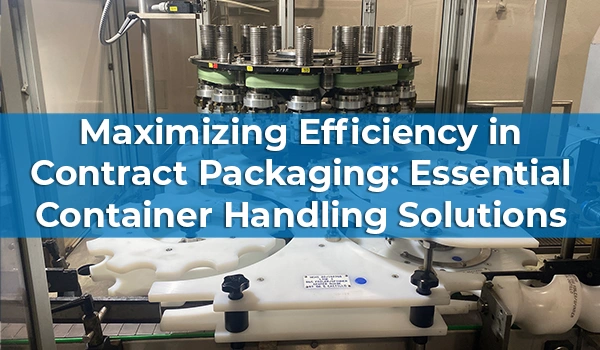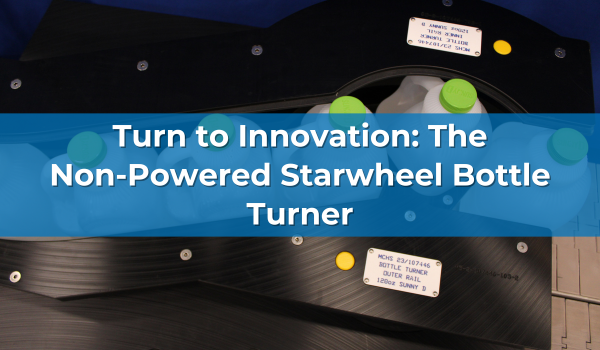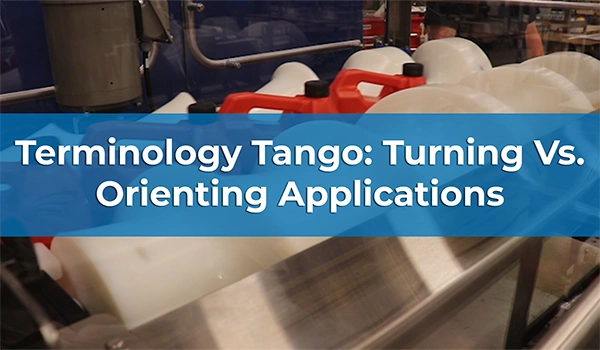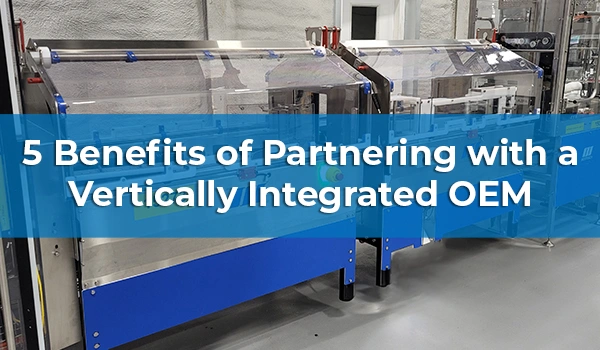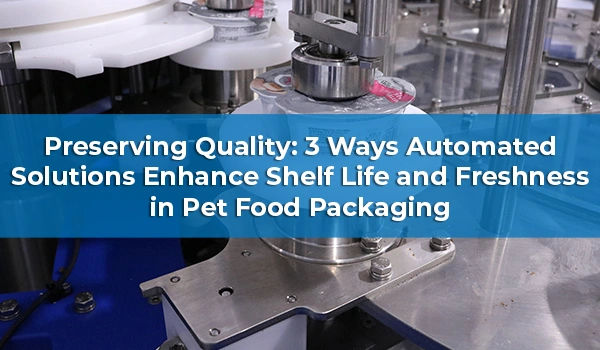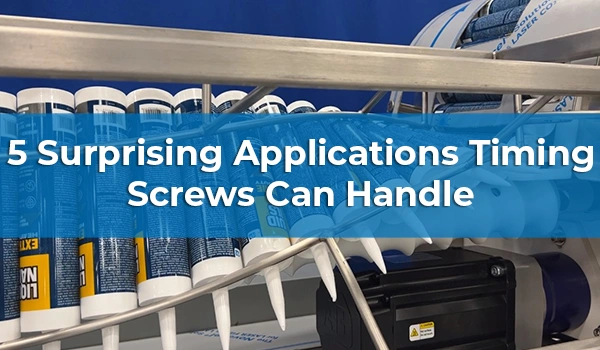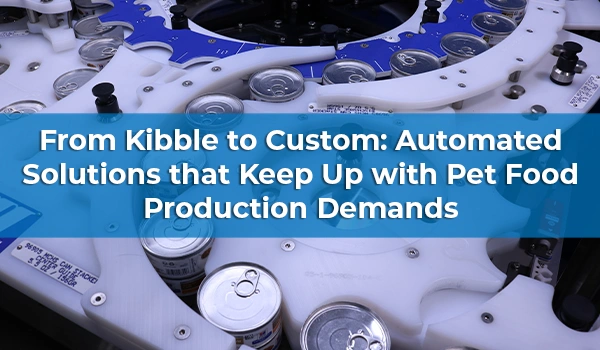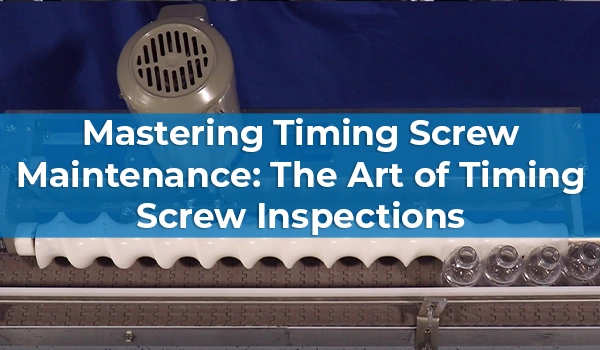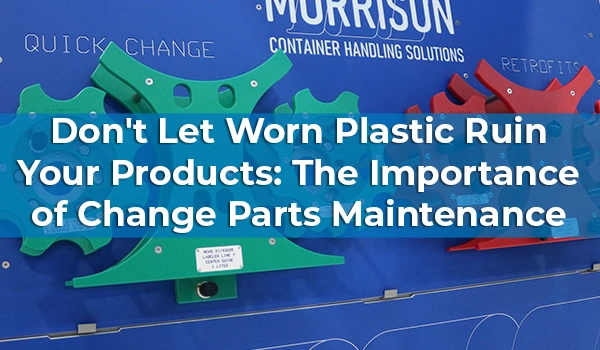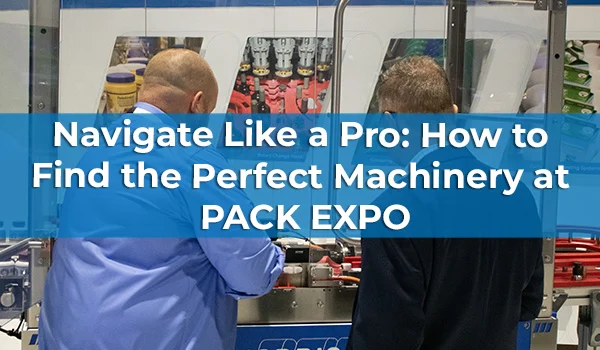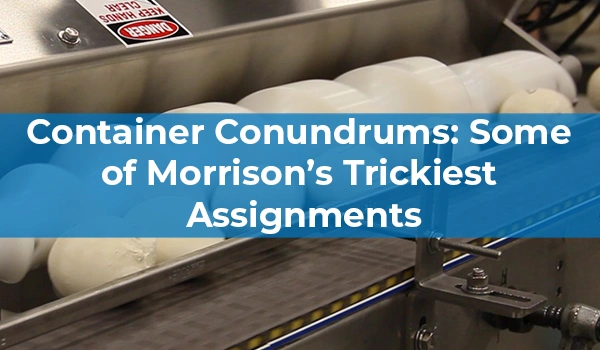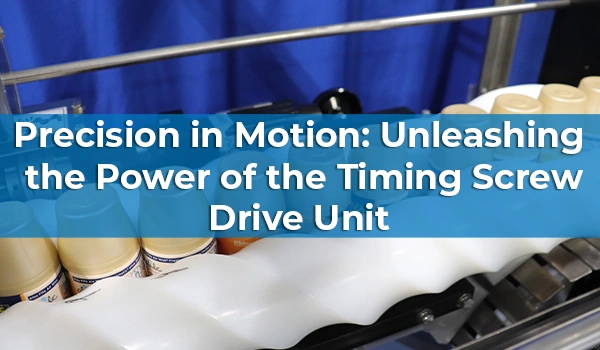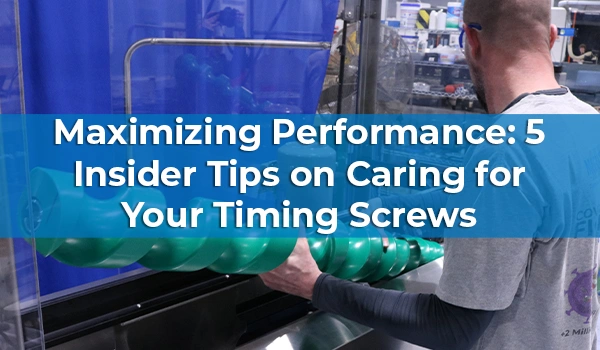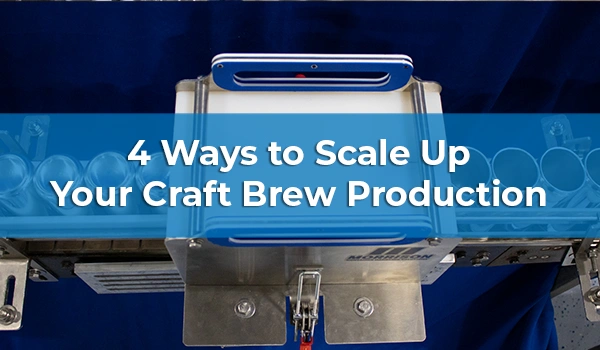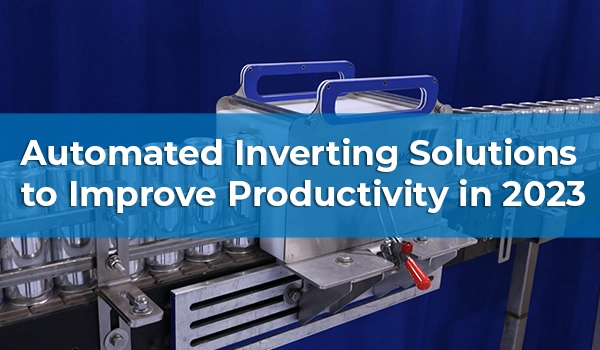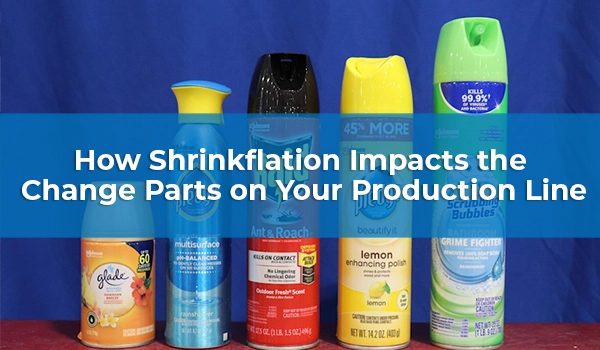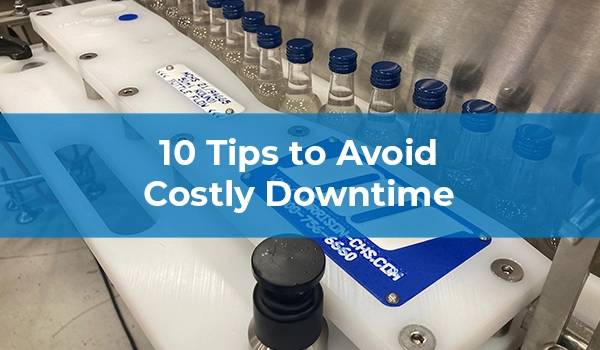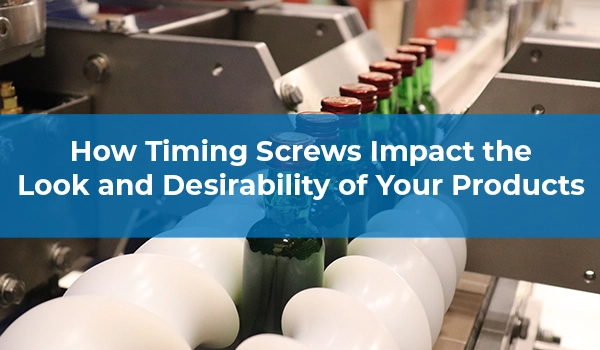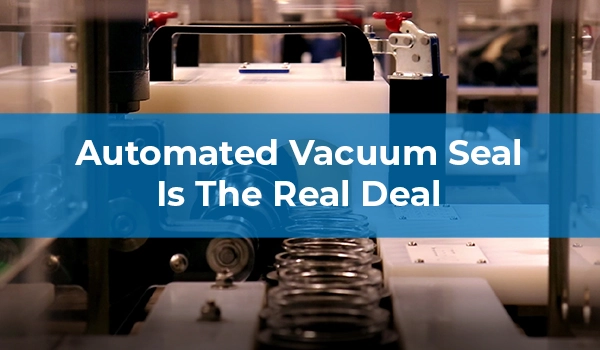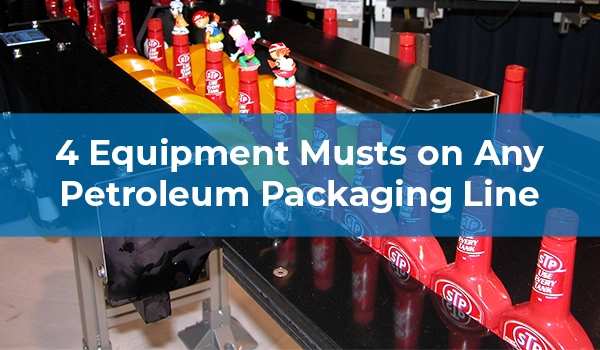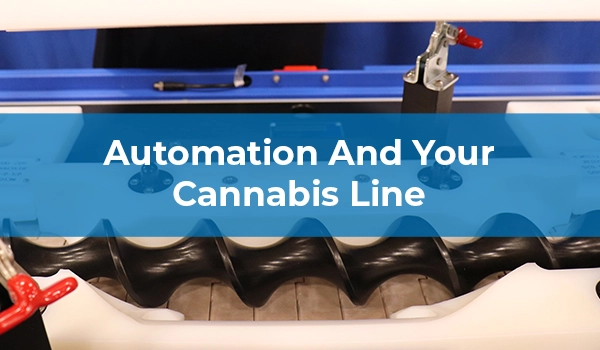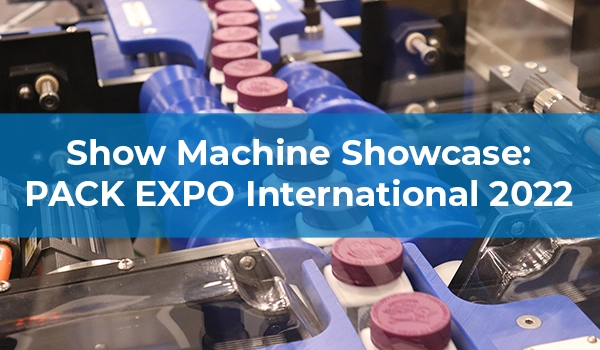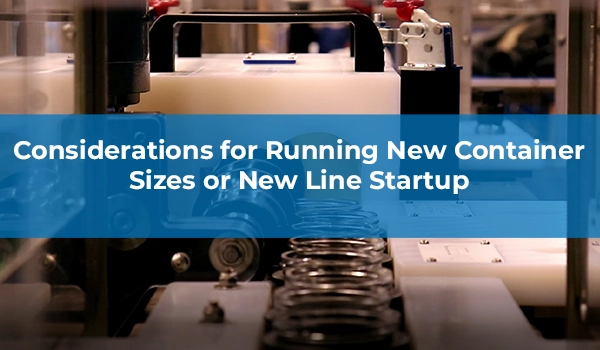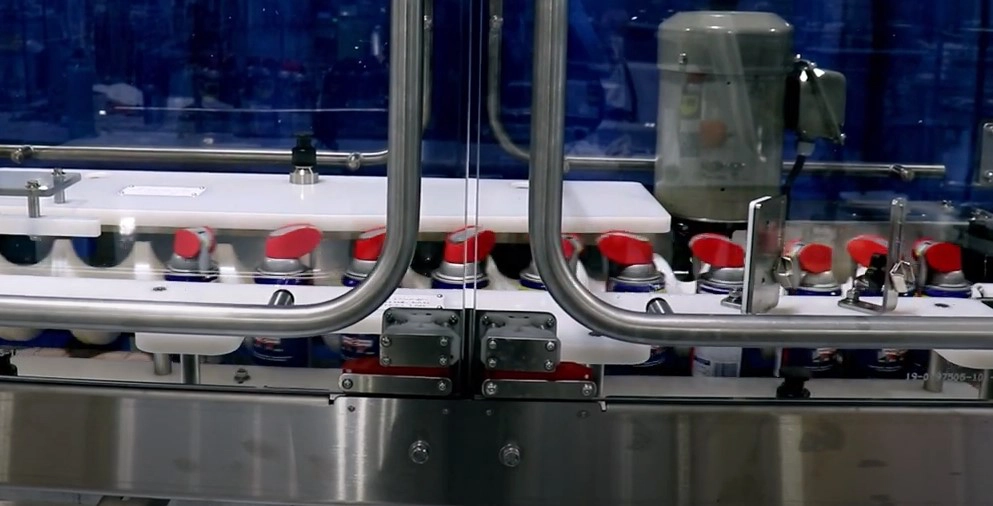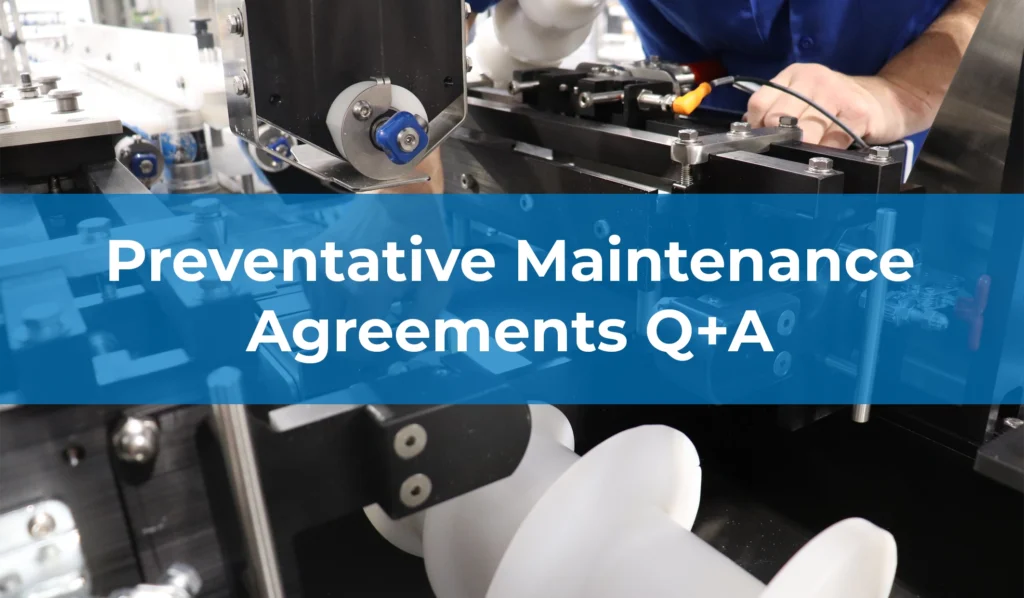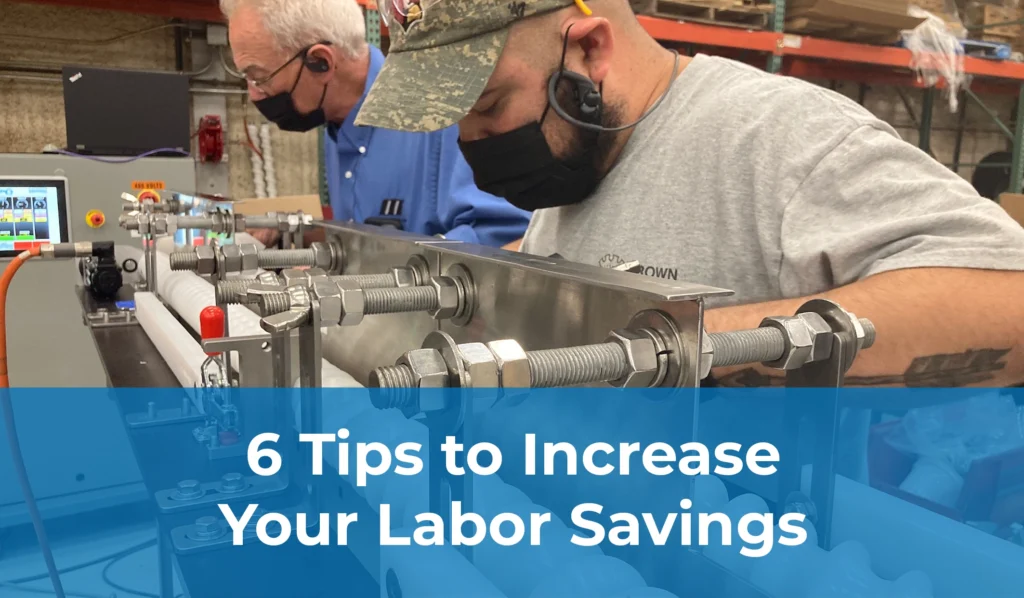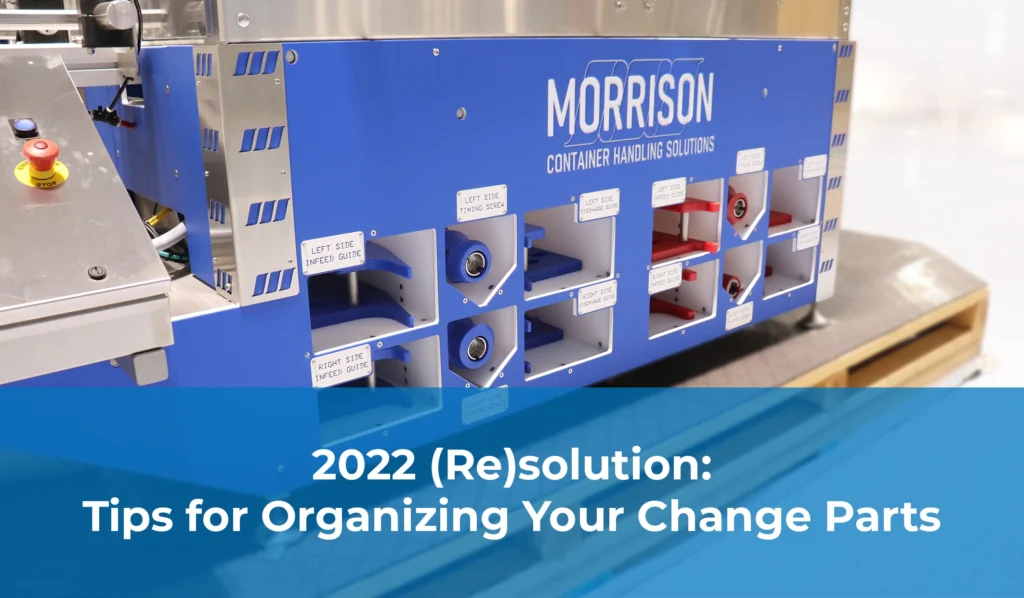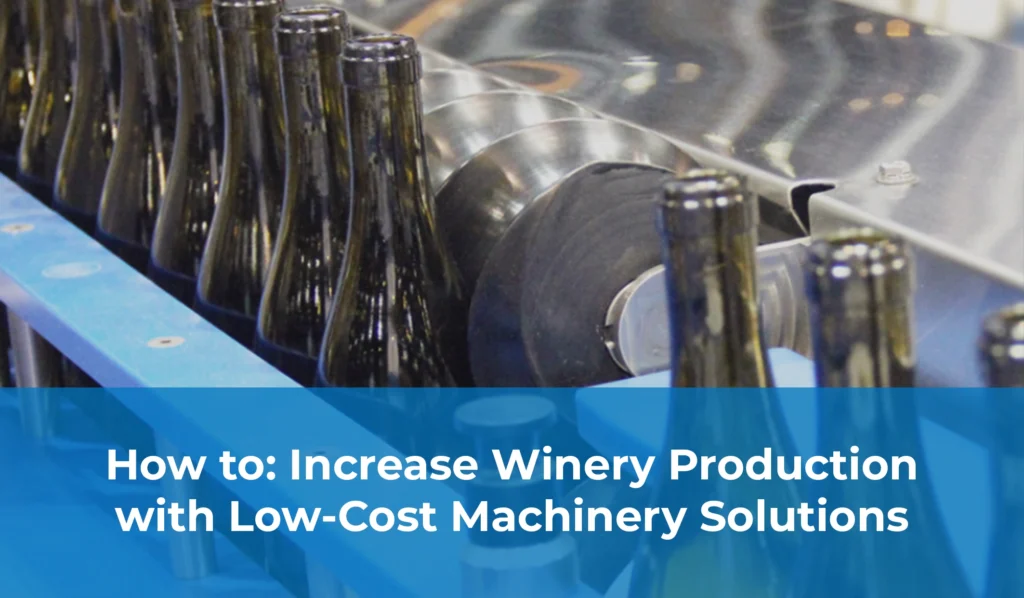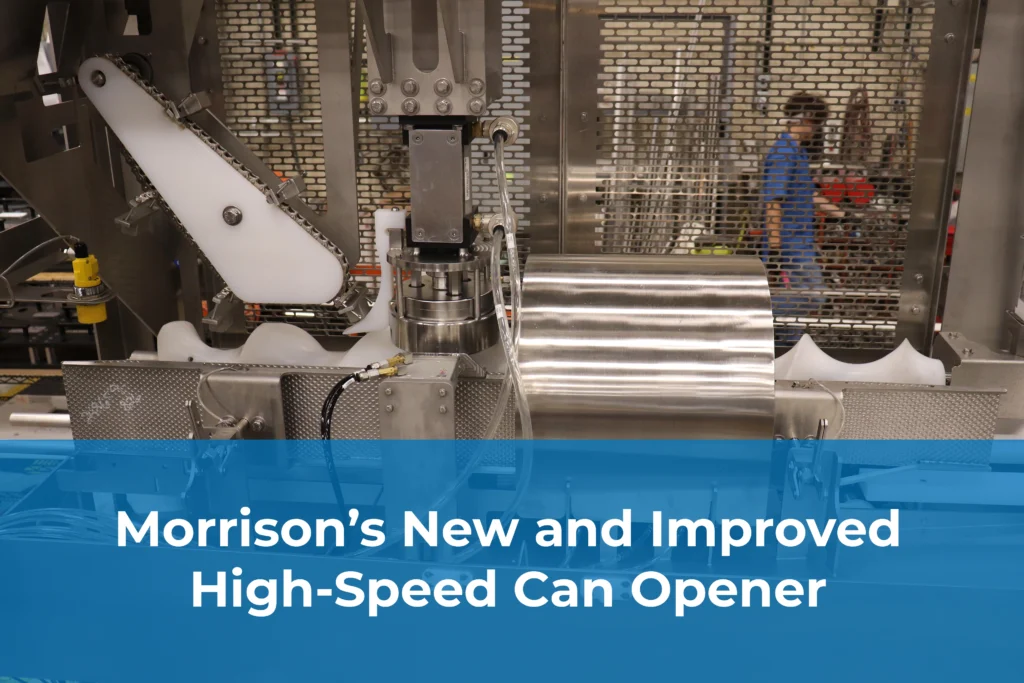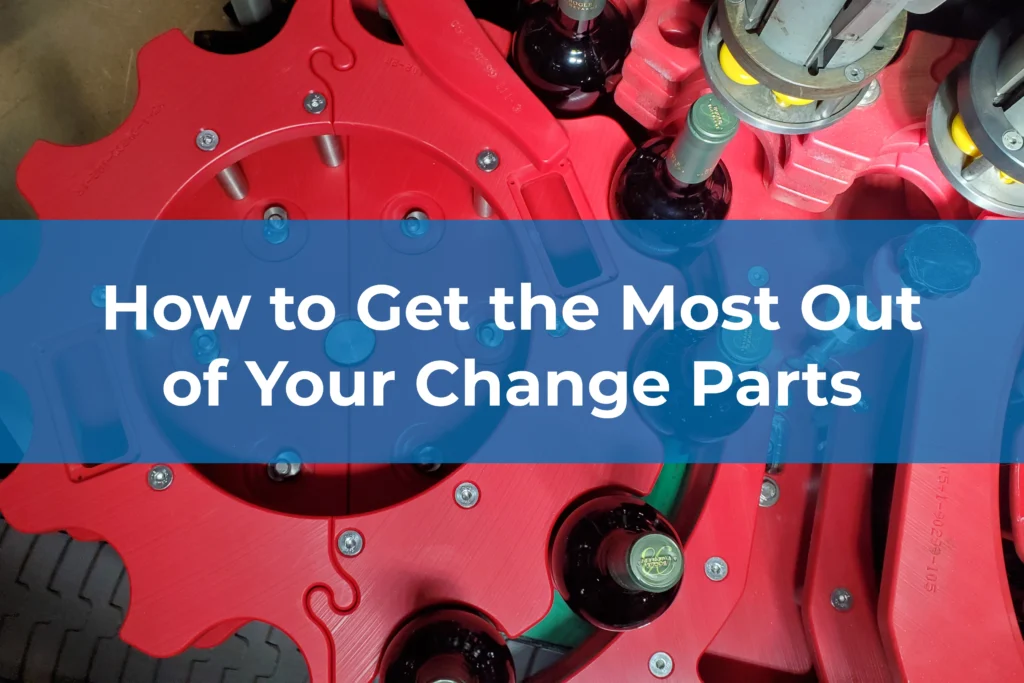As packaging materials evolve, manufacturers are constantly looking for ways to reduce costs and improve sustainability. One of the most common strategies is lightweighting—the process of reducing the amount of material used in a container, whether it’s glass or plastic. While this trend offers clear environmental and economic benefits, it also introduces subtle but important challenges on your production line, particularly when it comes to feed screw design and performance.
What is Lightweighting?
Lightweighting refers to redesigning packaging containers—such as bottles or jars—to use less material while maintaining structural integrity. This might involve reducing wall thickness, changing shoulder angles, or even modifying base shapes. These small alterations can significantly impact how a container behaves during high-speed manufacturing processes.
The Hidden Side Effect: Shift in Center of Gravity
When you lightweight a container, its center of gravity shifts. For example, a glass bottle that once had a heavier base may now be top-heavy or more prone to tipping. Plastic bottles may flex differently under pressure. These design changes can alter how containers move through your packaging line, especially in tight-tolerance areas like timing screws or feed screws.
Why Feed Screws Matter More Than Ever
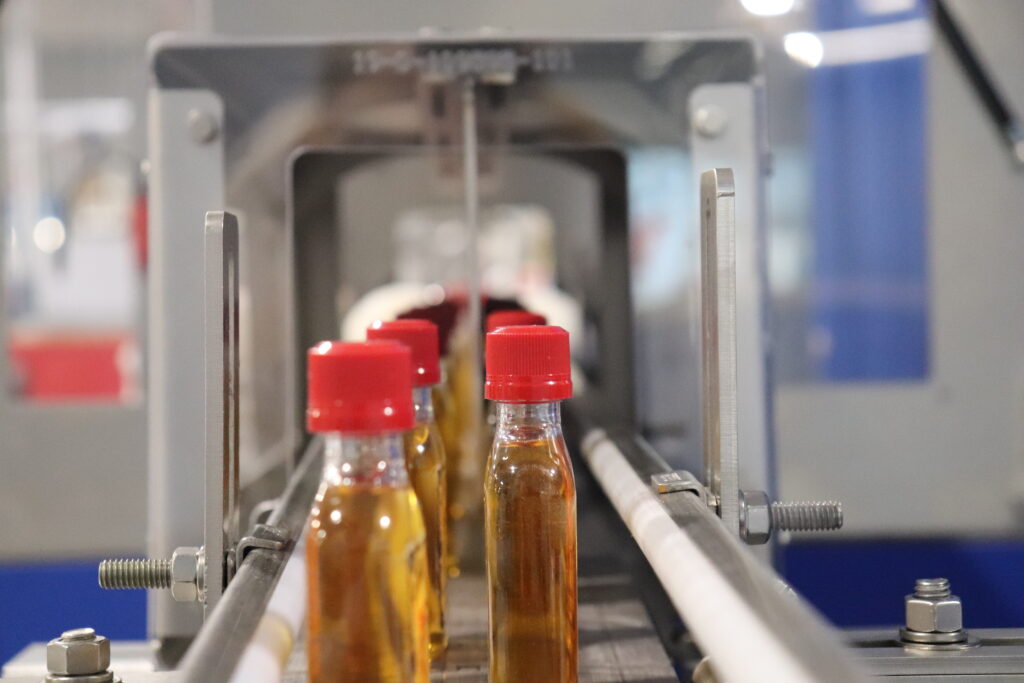
Feed screws, also known as timing screws, play a critical role in orienting, spacing, and stabilizing containers on your line. They’re engineered with precise profiles that match the shape, weight, and handling characteristics of your containers.
When the geometry of your bottle changes—even slightly—it can disrupt this synchronization. Containers may wobble, tip, or misalign, leading to:
- Increased jams or line stoppages
- Reduced throughput
- Higher reject rates
- Accelerated wear on your equipment
How to Stay Ahead of Lightweighting Changes
To avoid costly downtime and inefficiencies, it’s crucial to proactively evaluate your feed screw designs any time your container supplier introduces a lightweighted version. Here’s how:
- Measure Container Geometry: Even minor adjustments in diameter, taper, or base design can affect how a feed screw performs.
- Check for Balance and Stability: Conduct stability tests to assess how containers behave at various speeds and under different line conditions.
- Consult With Your OEM or Container Handling Partner: Experts, like Morrison, can help you reprofile or redesign your timing screws to accommodate new container specs.
Don’t Let Lightweighting Undermine Your Line
As lightweighting becomes more prevalent, updating your feed screw design is no longer optional—it’s essential. At Morrison, we specialize in evaluating your container handling equipment to help ensure smooth, efficient operation, even as your containers evolve. We’ll help you adapt your feed screws to match new packaging profiles and keep your line running at peak performance.
Need help with feed screws for lightweighted containers?
Contact our container handling experts to schedule an evaluation.


